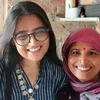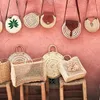From solace to success – how these three artists navigated their creative paths
Art can be a distraction during tough times – but also a source of inspiration and livelihood. Here are pictorial highlights and insights from three inspiring artists.
Launched in 2014, PhotoSparks is a weekly feature from YourStory, with photographs that celebrate the spirit of creativity and innovation. In the earlier 550 posts, we featured an art festival, a cartoon gallery, world music festival, telecom expo, millets fair, climate change expo, wildlife conference, startup festival, Diwali rangoli, and jazz festival.
Hosted by Karnataka Chitrakala Parishath in Bengaluru, the Chitra Santhe 2021 festival featured over 1,000 artists from India and overseas. The 18th edition of the annual art festival was held virtually due to the pandemic (see our extended photo-essay series here).
See also YourStory’s coverage of six earlier editions of Chitra Santhe: 2020, 2019, 2018, 2017, 2016 and 2015, as well as compilations of Top Quotes of 2020 on Art in the Era of the Pandemic, Indian Art, Art Appreciation and Practice, and Beauty and Business of Art.
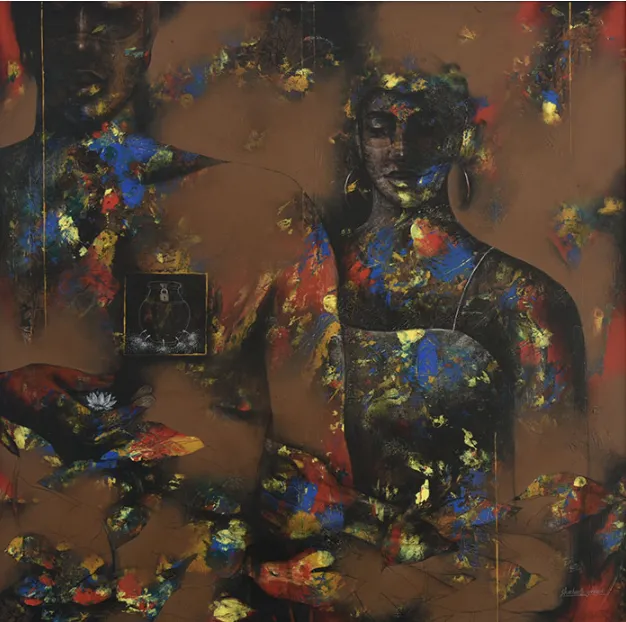
Artist: Sheelavanth Yadagir
Sravani Ramachandran
“Art was initially a distraction from all the pain,” explains Sravani Ramachandran, in a chat with YourStory.
“I used to sketch in my college days. Then my MBA and the eventual corporate life didn’t give me the time for art. But in 2011, I met with an accident because of which I am in a wheelchair,” she explains.
“Post the accident, I had a lot of time on hand for recovery and I couldn’t think of anything else which would distract me better. Not just did art act as a source of distraction, but it went on to be a source of satisfaction and happiness too,” Sravani recalls.
She explains that life can get a little mundane thanks to the demands of everyday life. “But if you were to learn to give your hobby some serious consideration, then that can help you add some colour to your life,” she suggests.
Sravani defines success in terms of the reception that her art receives. “Considering the fact that I am only a juvenile artist, if I receive good appreciation and people like the way I go about my artwork and are keen on buying my artwork, then I don’t suppose I can ask for anything more,” she says.
She calls for a greater appreciation for art in society. “Art appreciation doesn’t necessarily have to be a niche thing. It should be made appealing to people of all age groups and from all walks of life,” Sravani urges.
Social media gives better exposure to art as well. “People should also be encouraged to go to art exhibitions to get a feel of art,” she adds.

Artist: Sravani Ramachandran
Sravani prepared four new oil paintings for Chitra Santhe, based on advice from a teacher to give more time to each painting. Her works are priced from Rs 1,000 to Rs 3,000.
During the pandemic, she tried different forms of art including sketching, as well as working on funny and positive messages. Sravani appreciates the wider global reach of an online exhibition.
“However, I miss seeing the actual physical works, the vibrant display of work, and talking to other artists. While online is a good alternative, I don’t suppose it can ever actually replace the feeling a physical exhibition gives – that too, something as huge as Chitra Santhe,” she says.
Sudhir Meher
“Art is a very good source to think different – and can also be a routine activity. It reflects inner thoughts and inspires expression about current topics and surrounding activities. Art comes directly from the soul, sometimes even without thinking,” explains Bengaluru-based artist Sudhir Meher.
He has been involved with art right since childhood. “I always try to do my best at work, so I never think about success or failure. Art is a never-ending journey,” he says.
He sees one part of his artwork as commercial, based on business requirements. “The second part is my thought process work, where there is an exploration with no time limit or any other condition,” Sudhir describes.
He calls for a greater appreciation for art in society through school education and visits to museums and galleries. “Art is a very simplified language which can directly inspire viewers because it represents a person’s inner thoughts,” Sudhir adds.
His works reflect spiritual themes and views of religious sites. “All of my work is very intricate in a realistic style. I use experimental techniques with my signature style,” he says. His works span oil, acrylic, and watercolours on canvas as well as handmade papers.
Sudhir’s works are priced from Rs 10,000 to Rs 65,000, though he says it can be hard for an artist to get the price right for different art shows. He sometimes deals with buyers based on their budget.
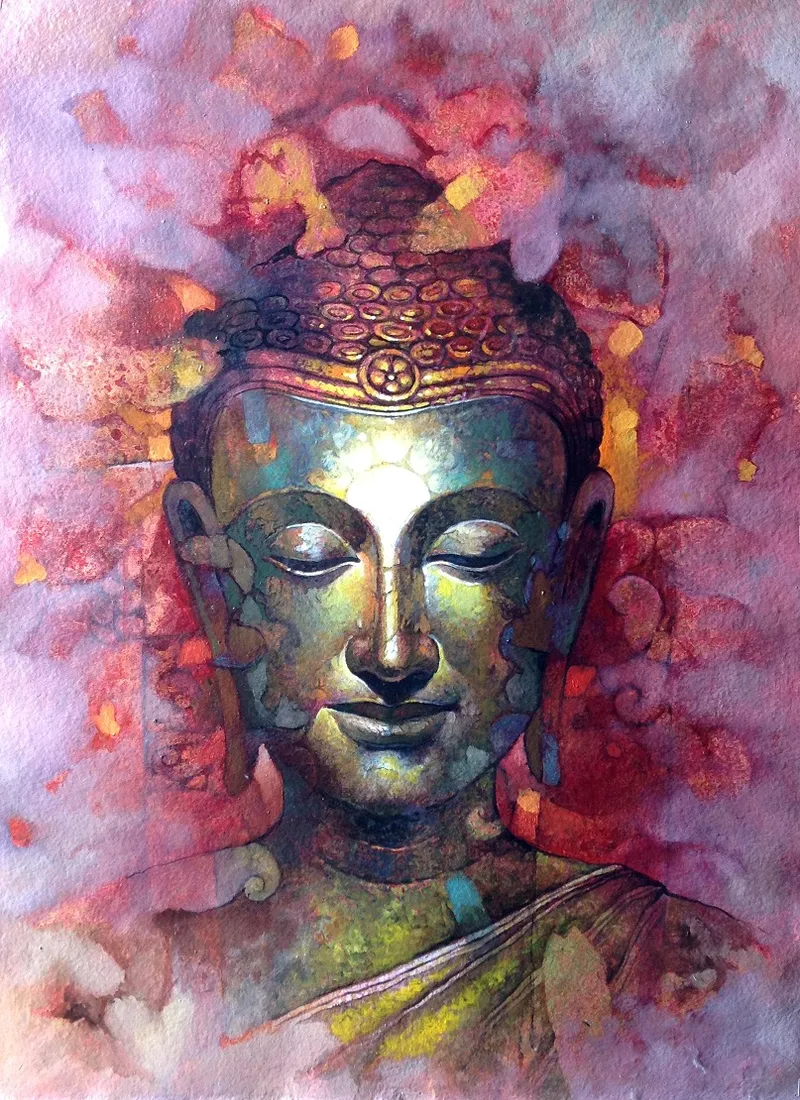
Artist: Sudhir Meher
Though the pandemic affected exhibitions and the art world, Sudhir continued to work on his art. “The pandemic taught me a lot about society, but of course it affected my financial condition,” he says.
The online medium allows artists to participate in many more exhibitions virtually, according to Sudhir. The reach is more global as well, and artists can reach international audiences right from their homes.
“But in the physical world, I can explain my work to art lovers face to face, in front of my painting. The way these interactions happen is totally different,” he says.
Sudhir also offers tips for aspiring artists. “Work hard, and believe in yourself. See others’ work, but do your style. Keep persevering, and in future, you will be recognised,” he advises.
Khadeeja Anzaba
“Art is my life, it is a replica or mirror image. It is my soul, so I don’t depend on awards and promotion,” explains Khadeeja Anzaba, a student of architecture.
“I live in the moment when I do something that I really love. I just go with the flow, trying to find my inner peace in my messy room with the messy canvas board,” she jokes.
“Art is all about exploring myself and bringing my values and perspectives to others,” she adds. She urges people to draw artistic inspiration from family, society and culture.
There is more exposure for artists today via exhibitions and online platforms. But Khadeeja observes that there is still a lot of undiscovered talent due to a lack of opportunity.
The pandemic was a tough time for all artists. Though she appreciates online exhibitions, Khadeeja feels the understanding and communication is much better in physical exhibitions.
“My paintings are the ones that kept me alive through the lockdowns. I have an emotional attachment towards them, and there are even times when I say ‘no’ to someone who asks for a particular painting because I need that one close to me,” she says.
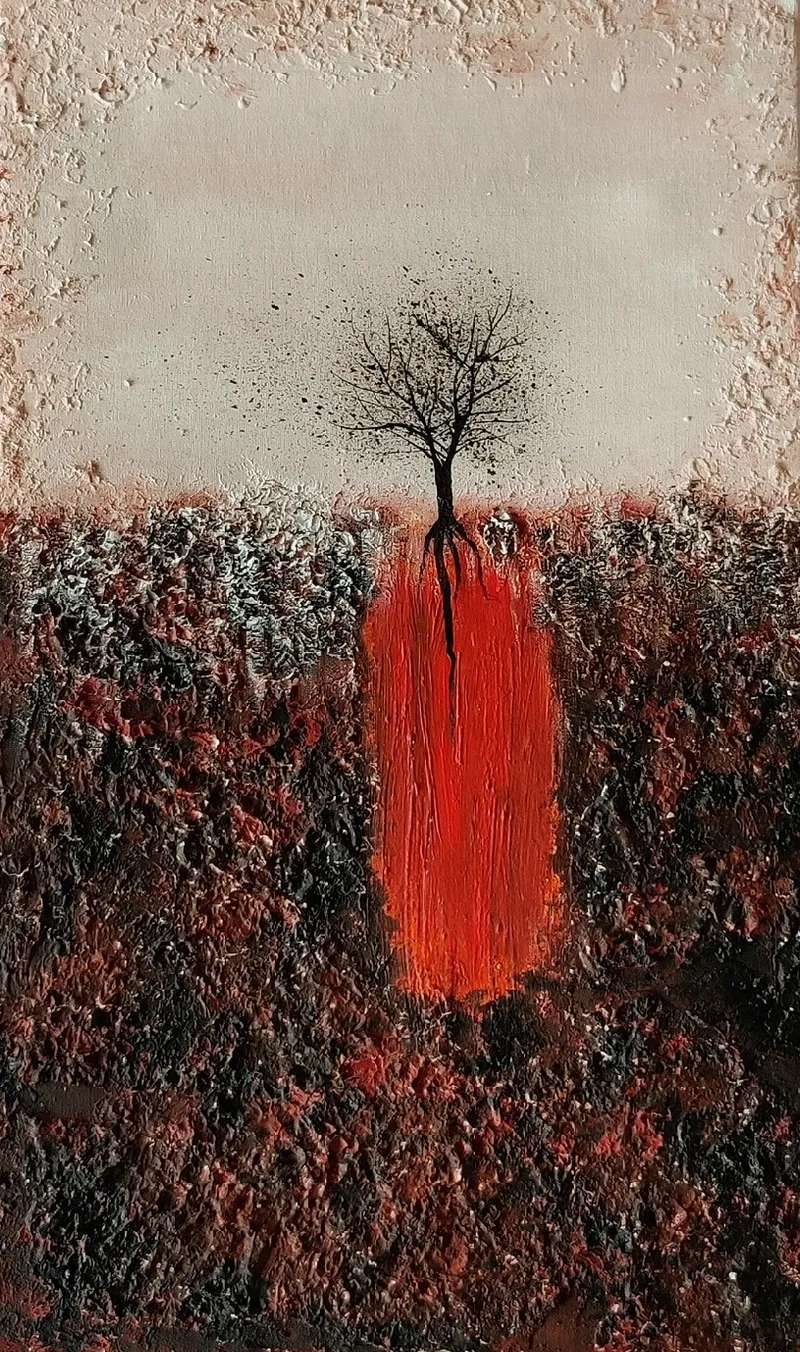
Artist: Khadeeja Anzaba
“Give time for what you love to do, whatever it may be. Live your dream, and love what you do. Give your best in every single matter,” she advises aspiring artists.
“Life is never controlled by us – if it is so, then we can't call it life. So love what you do, and do what you love,” Khadeeja signs off.
Now, what have you done today to pause in your busy schedule and find new avenues to harness your inner creativity?
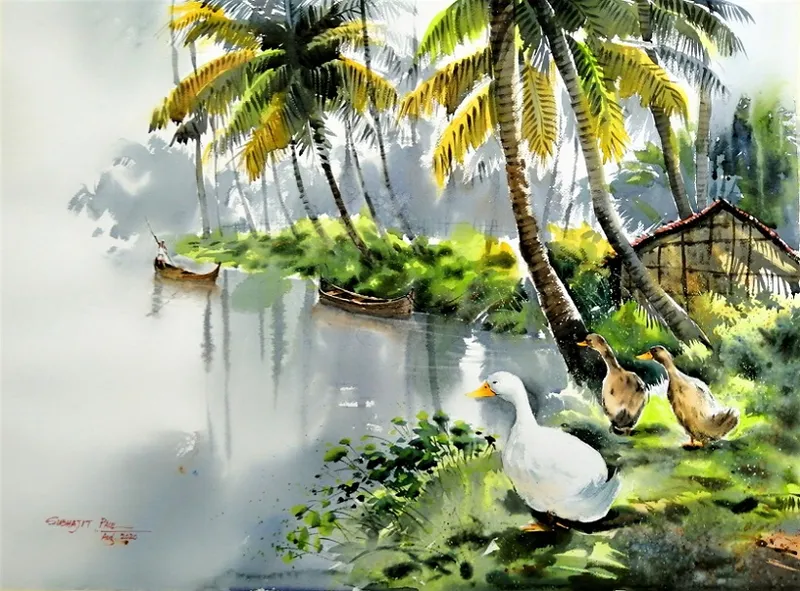
Artist: Subhajit Paul
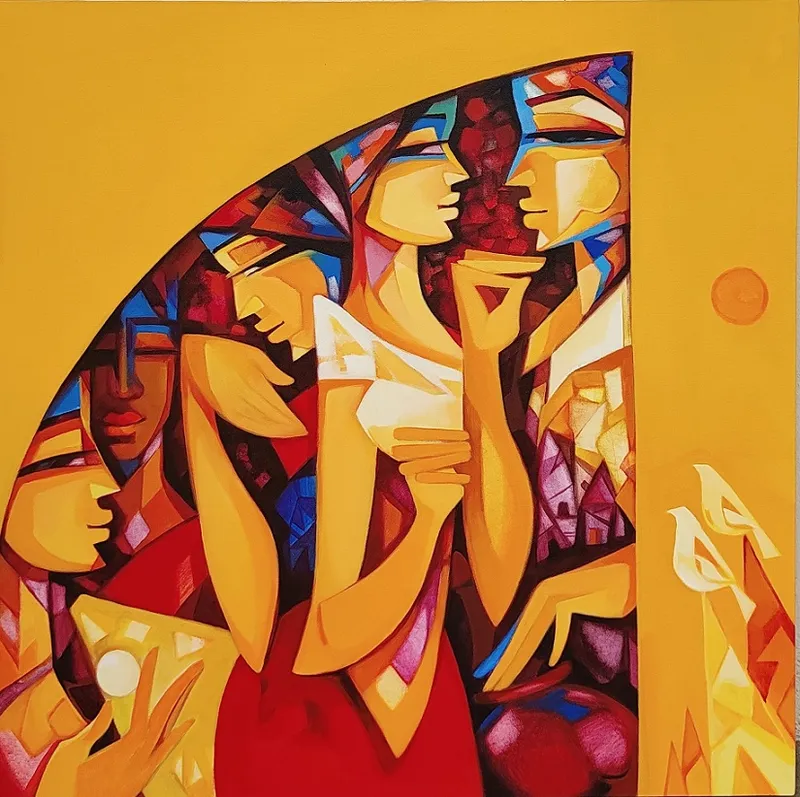
Artist: Laxmi Mysore
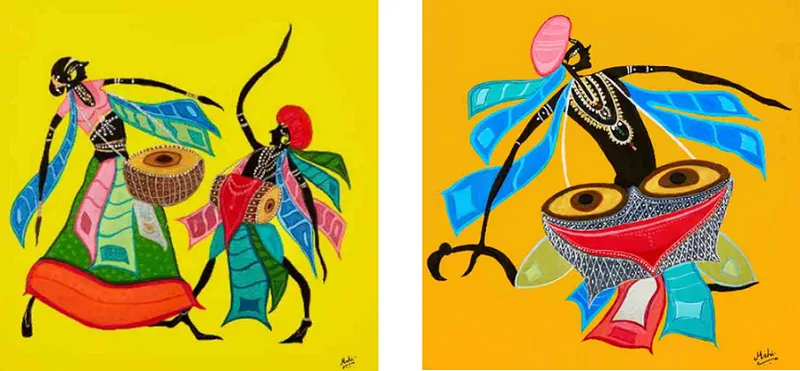
Artist: Mahendran Sreekumar
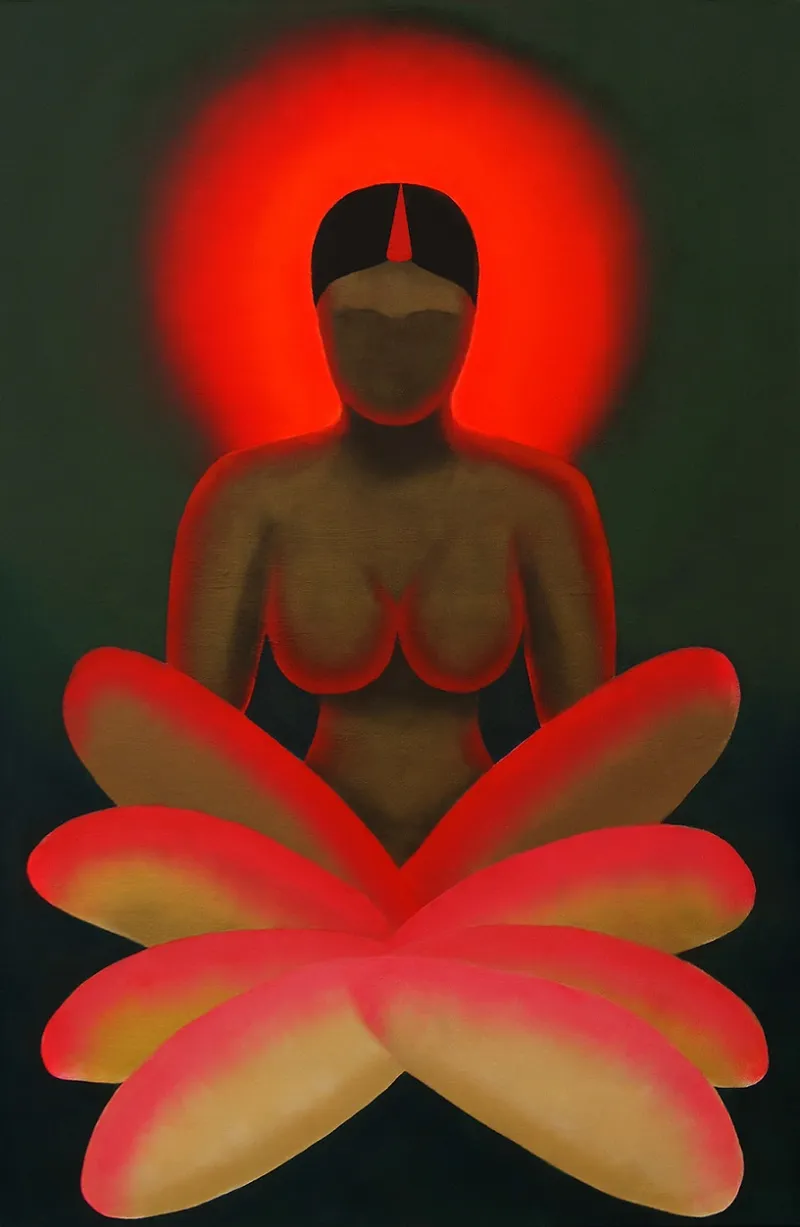
Artist: Anna Krzemińska
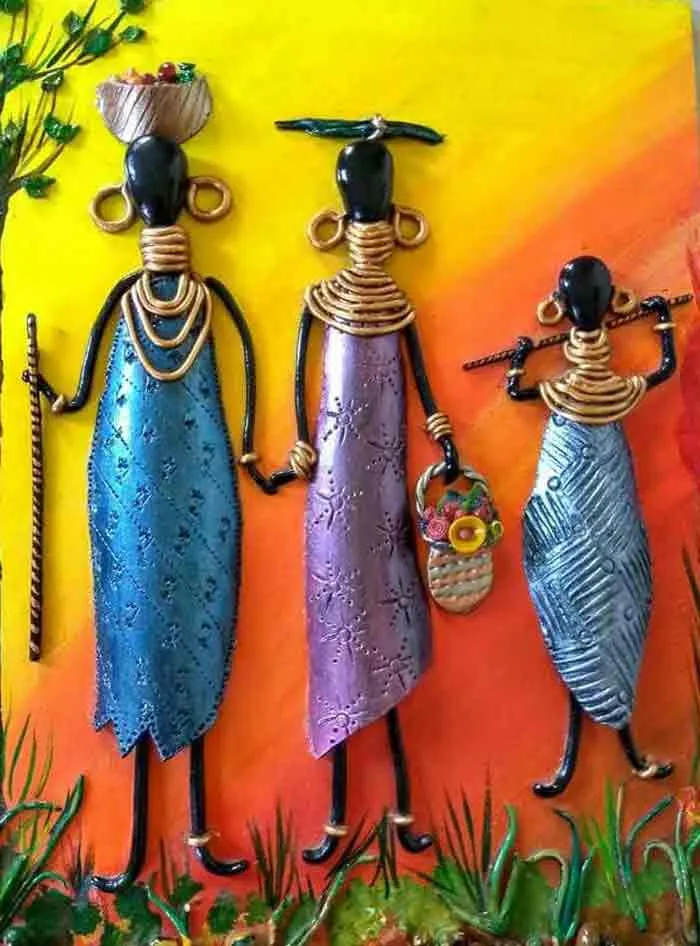
Artist: Asha R
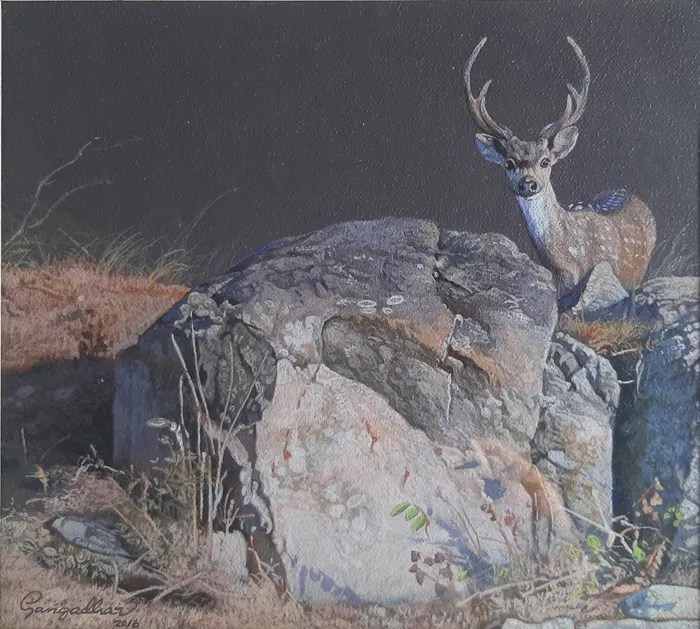
Artist: Gangadha Ramurthy
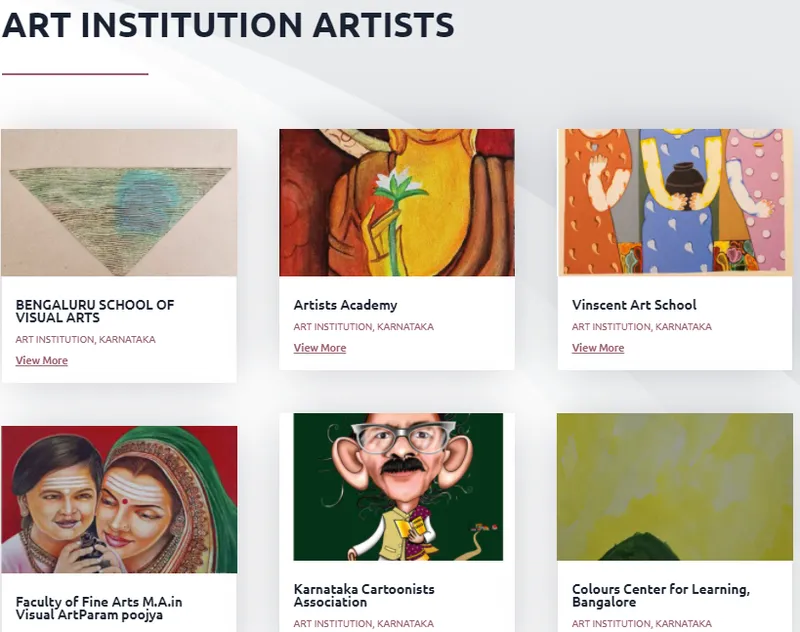
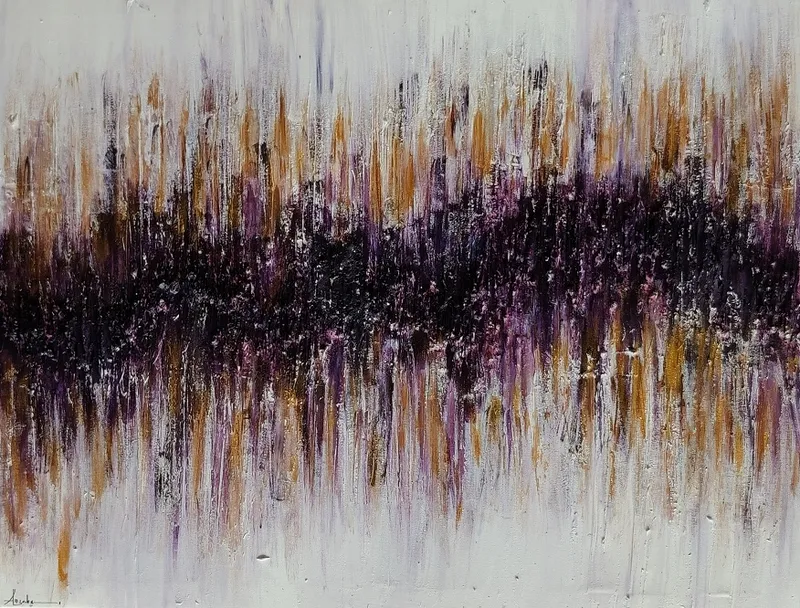
Artist: Khadeeja Anzaba
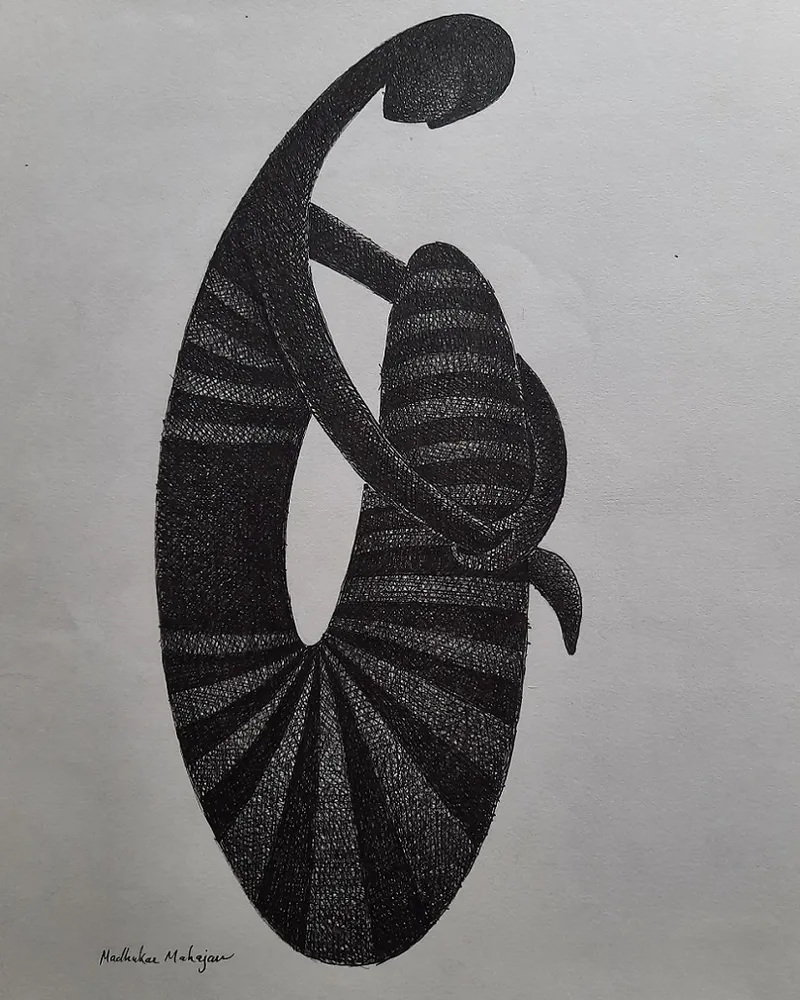
Artist: Madhukar Mahajan
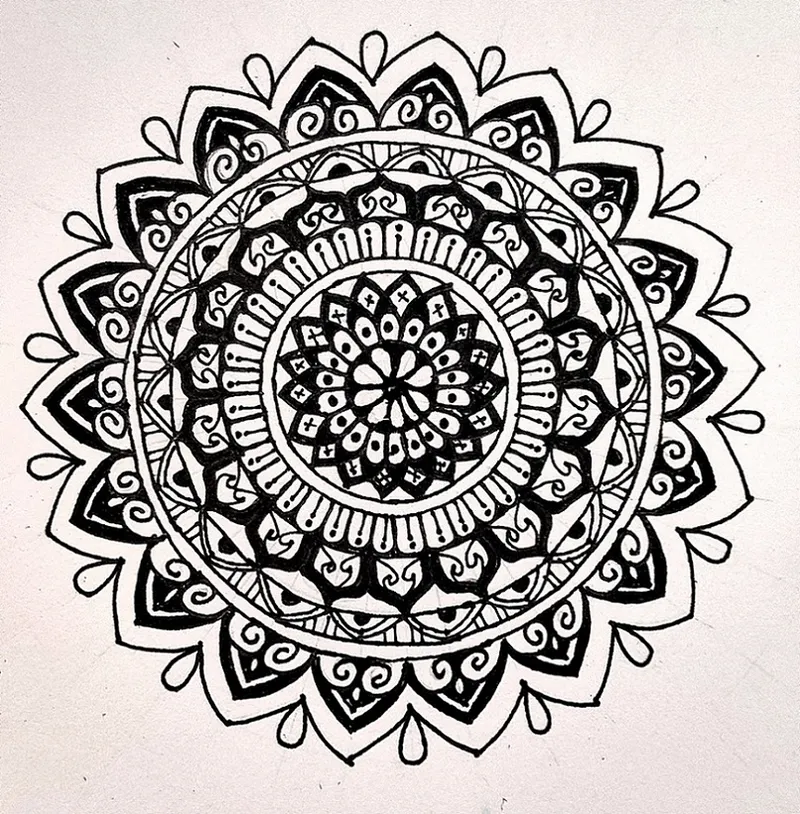
Artist: Manisha Raghunath
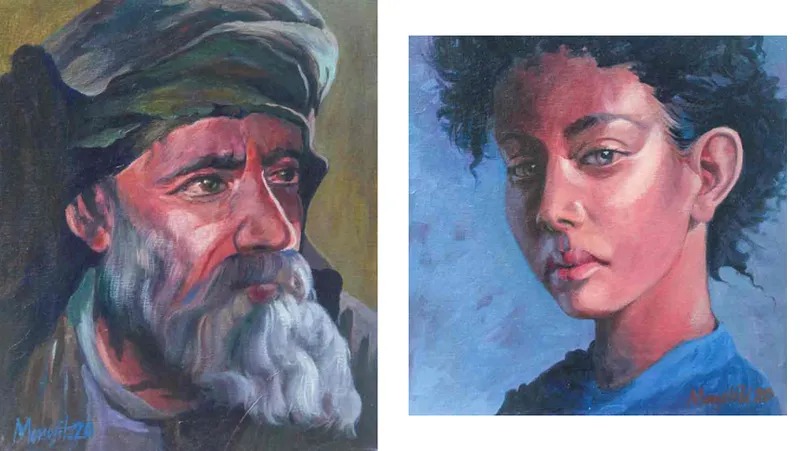
Artist: Monojit Pal
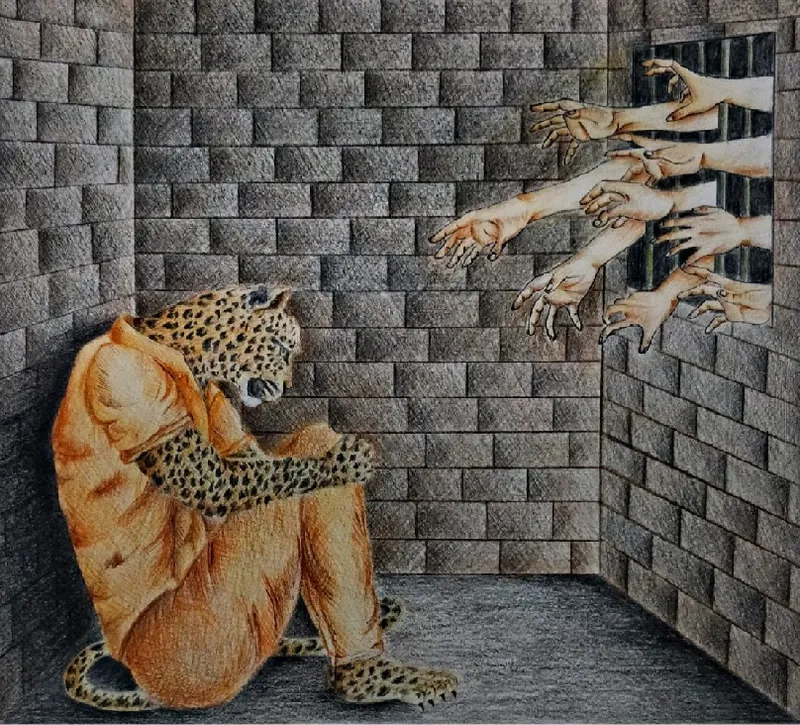
Artist: Neha Pradhan
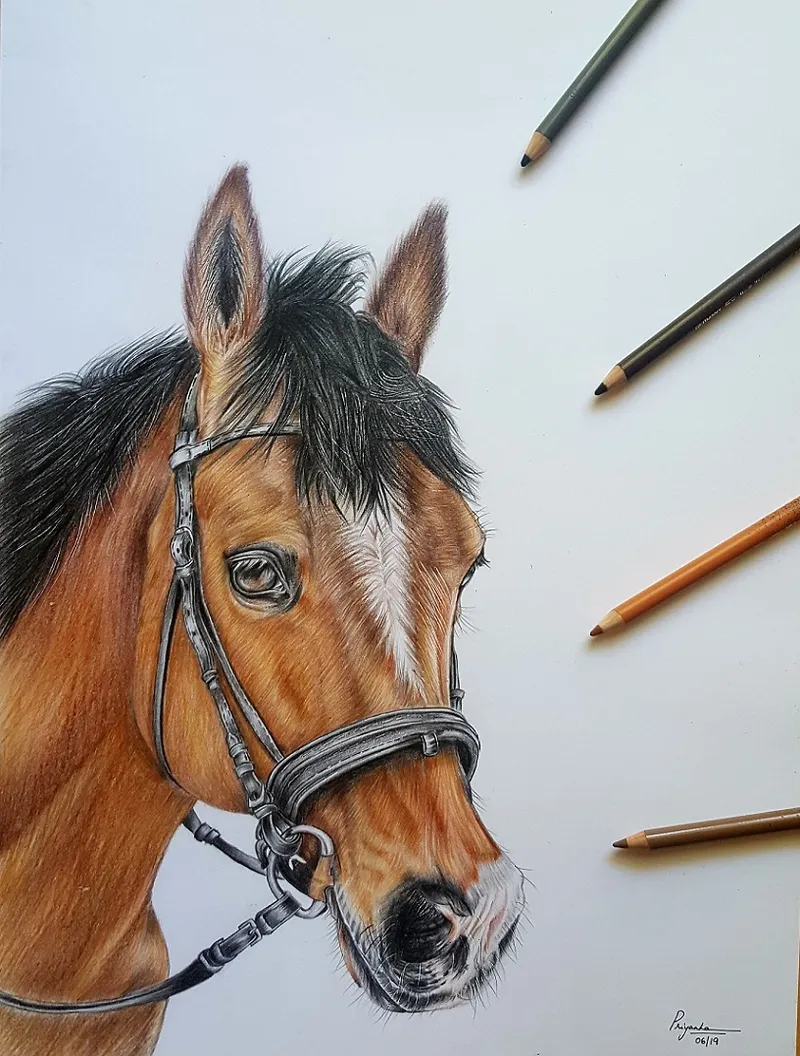
Artist: Priyanka Murthy
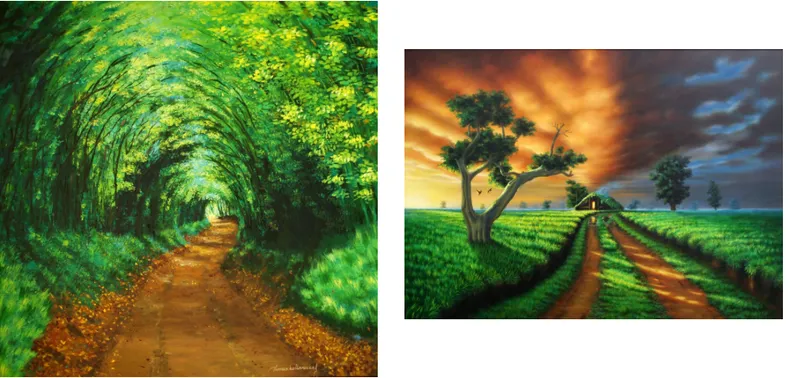
Artist: Thomas Kallarackal

Artist: Sravani Ramachandran
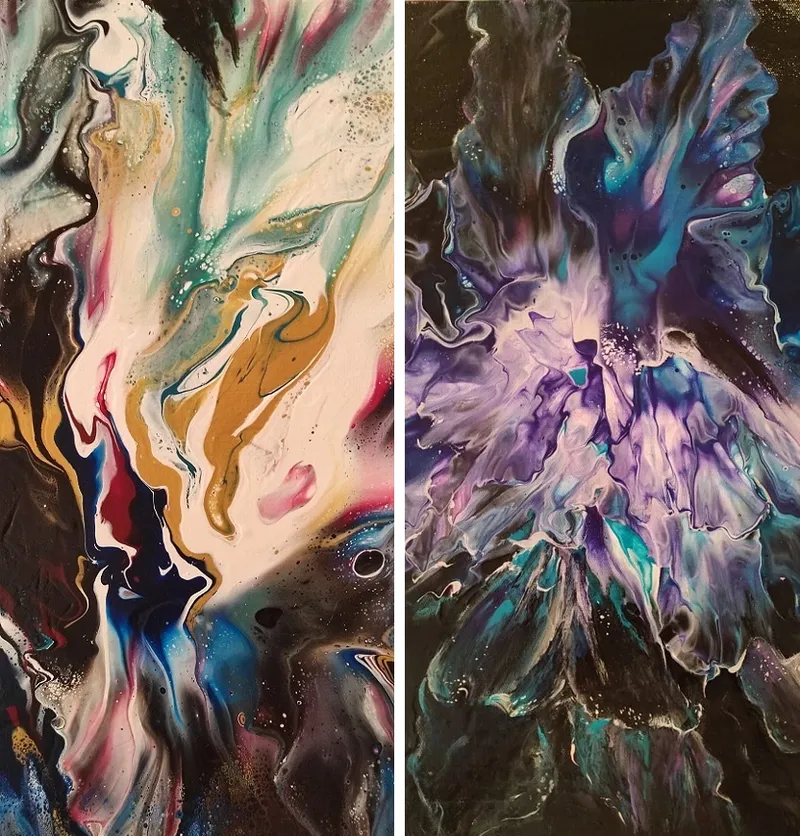
Artist: Urvashi Thakkar

Artist: Sudhir Meher
See also the YourStory pocketbook ‘Proverbs and Quotes for Entrepreneurs: A World of Inspiration for Startups,’ accessible as apps for Apple and Android devices.
Edited by Suman Singh




